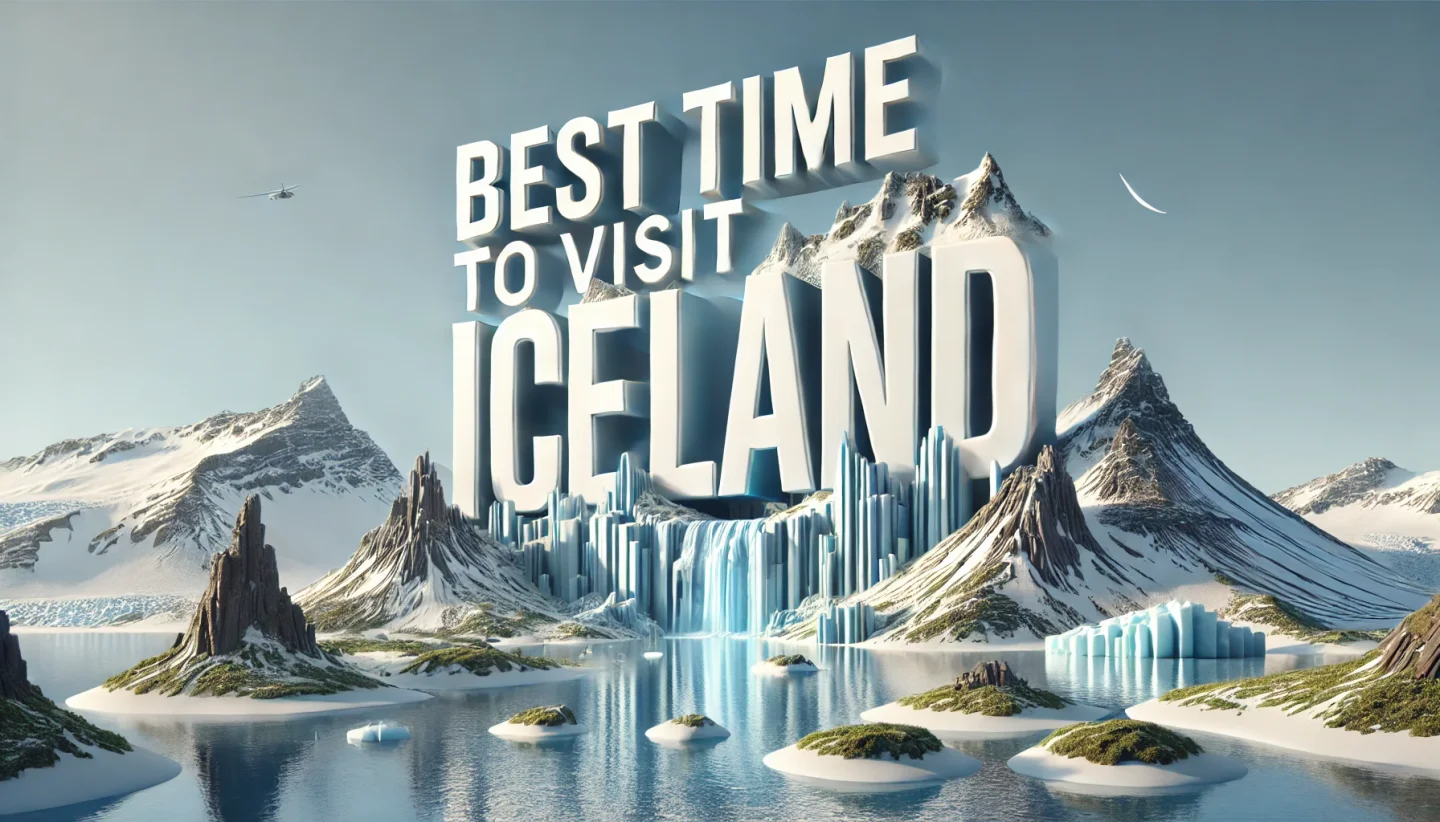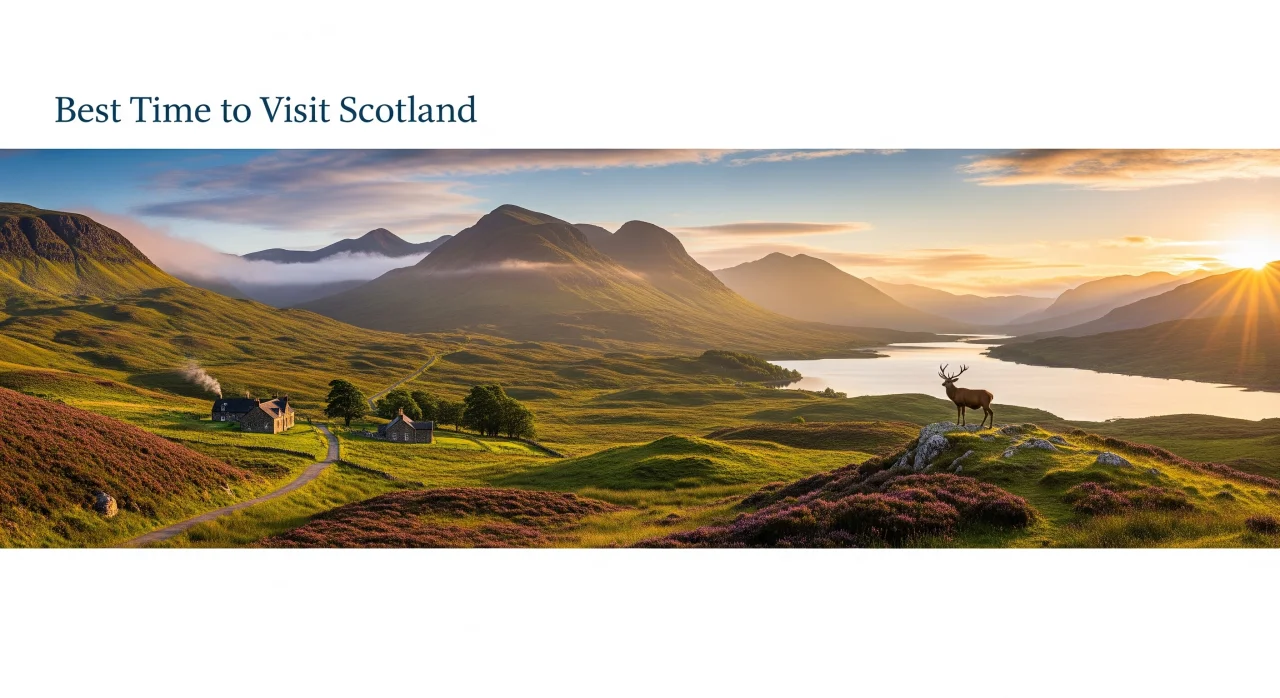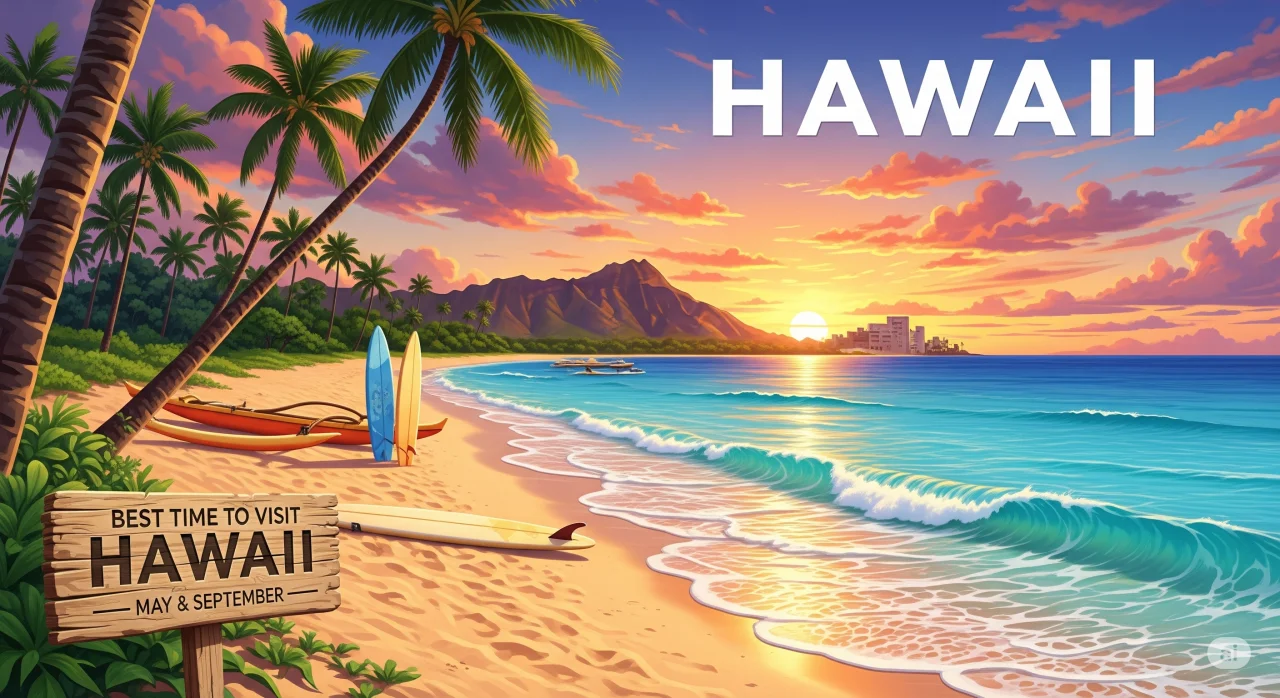Iceland is a land of natural wonders, where towering waterfalls, glacial lagoons, and volcanic landscapes create a truly magical destination. Deciding the best time to visit Iceland depends on your interests, as each season offers unique experiences. Let’s explore the ideal times to visit Iceland and what you shouldn’t miss while you’re there.
The best 10-day period to visit Iceland is early September, specifically from September 1st to September 10th. This time offers the perfect balance of mild weather, fewer tourists, and a chance to witness the magical Northern Lights as the nights grow darker. Early September still provides decent daylight hours for exploring iconic spots like the Golden Circle and Jökulsárlón Glacier Lagoon, while the reduced summer crowds allow for a more peaceful experience. Additionally, September is harvest season, so you can enjoy local culinary festivals and fresh Icelandic produce, making your trip even more memorable.
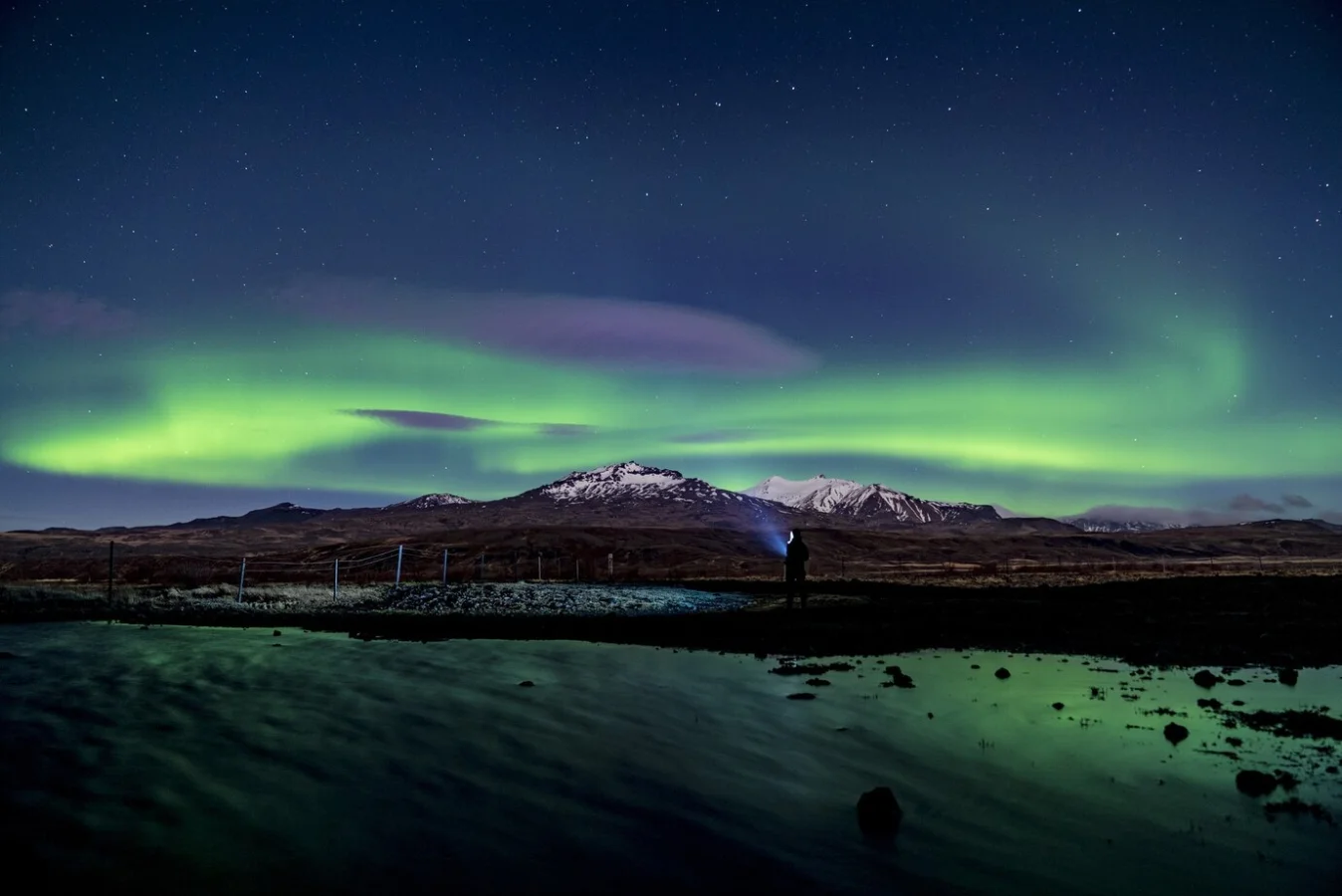
Best Time to Visit Iceland
Summer (June to August)
Why Visit in Summer?
- Midnight Sun: Experience nearly 24 hours of daylight, perfect for sightseeing and exploring at any hour.
- Milder Weather: Temperatures average between 10-15°C (50-59°F), making it ideal for outdoor activities.
- Access to Remote Areas: The highlands and F-Roads (mountain roads) are accessible during summer.
- Festivals: Celebrate Icelandic culture at festivals like National Day (June 17th) or the Reykjavík Culture Night (August).
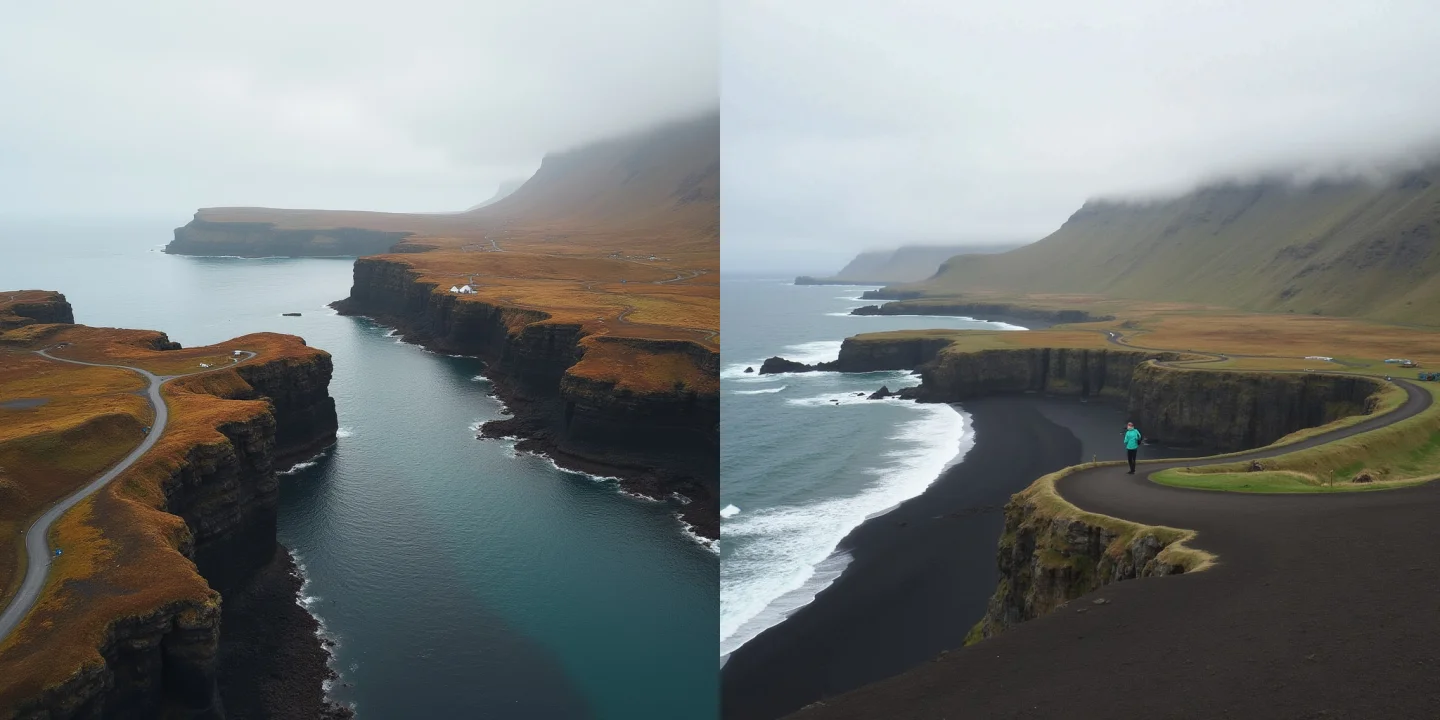
Must-Do Activities in Summer:
- Explore the Golden Circle (Thingvellir National Park, Geysir, Gullfoss Waterfall).
- Hike in Landmannalaugar for its colorful rhyolite mountains.
- Take a boat tour of Jökulsárlón Glacier Lagoon.
- Spot puffins along the cliffs of Dyrhólaey.
Winter (November to March)
Why Visit in Winter?
- Northern Lights: The long, dark nights provide the perfect conditions to see the Aurora Borealis.
- Snow-Covered Landscapes: Enjoy Iceland’s stunning winter beauty with frozen waterfalls and icy terrain.
- Glacier Caves: Only accessible during winter, these natural ice caves are breathtaking.
Must-Do Activities in Winter:
- Chase the Northern Lights on a guided tour.
- Visit Vatnajökull National Park for ice cave tours.
- Relax in a geothermal hot spring, like the Blue Lagoon or Mývatn Nature Baths.
- Explore Reykjavík during Christmas for its festive charm.
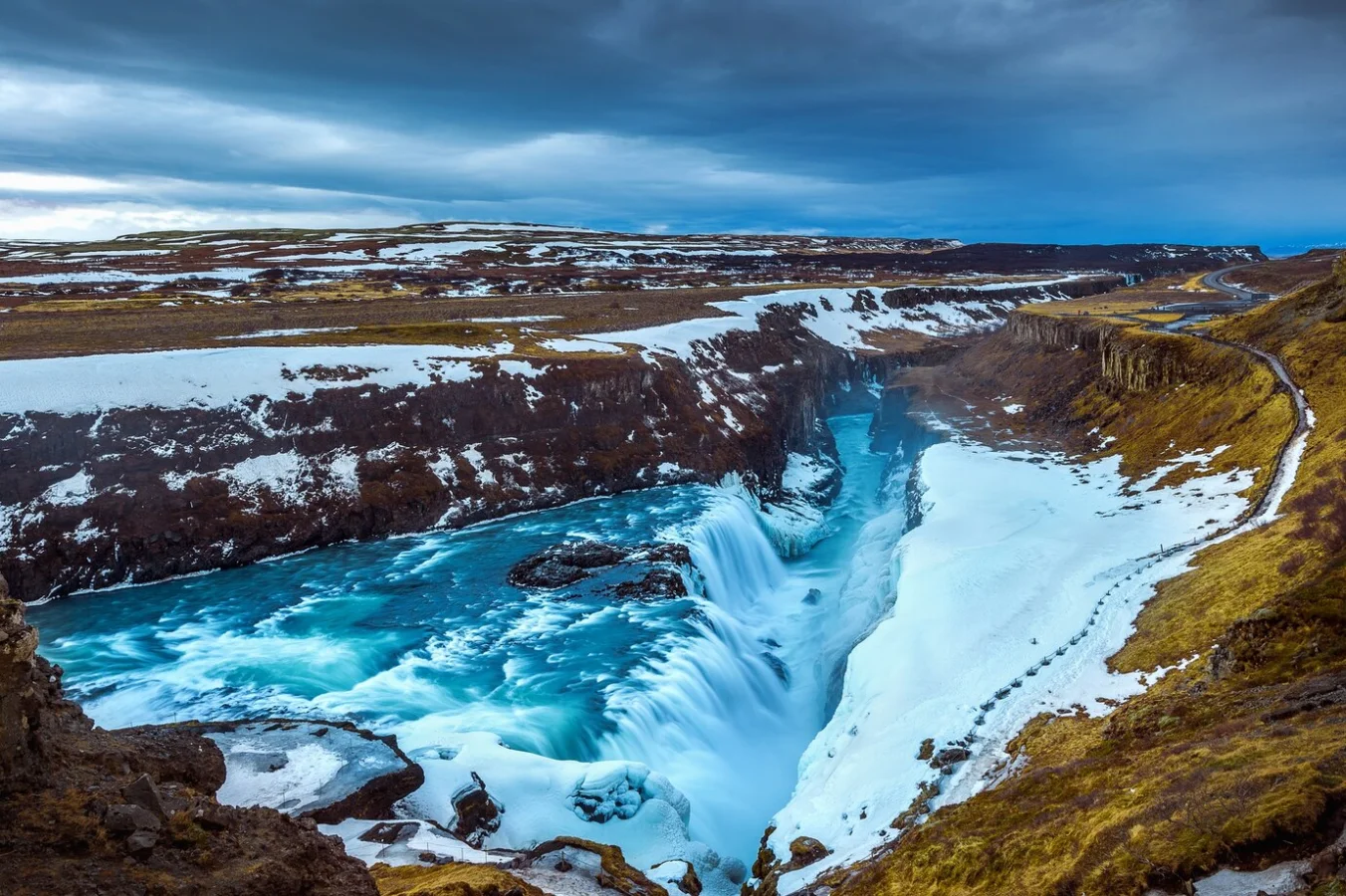
Spring (April to May)
Why Visit in Spring?
- Fewer Crowds: Enjoy popular sites without the summer crowds.
- Blooming Landscapes: Witness Iceland's flora coming to life after winter.
- Wildlife: April marks the return of puffins and other seabirds.
Must-Do Activities in Spring:
- Visit Seljalandsfoss and Skógafoss waterfalls with increased flow from melting snow.
- Spot puffins on Westman Islands.
- Explore the Snæfellsnes Peninsula for dramatic coastal views.
Autumn (September to October)
- Why Visit in Autumn?
- Northern Lights Return: As nights grow longer, chances of seeing the Aurora increase.
- Harvest Festivals: Experience local traditions during the autumn harvest.
- Milder Weather: Enjoy cooler temperatures without the harshness of winter.
Must-Do Activities in Autumn:
- Drive the Ring Road for spectacular fall colors.
- Go whale watching from Húsavík.
- Immerse yourself in Icelandic culture at Reykjavík’s Food and Fun Festival.

Top Recommendations for Your Iceland Visit
Plan Your Route:
The Ring Road (Route 1) is the main highway circling Iceland, offering access to most major attractions. Allocate 7-10 days to explore it fully.
Pack Smartly:
Iceland’s weather is unpredictable. Bring waterproof clothing, sturdy boots, and layers for warmth.
Try Local Cuisine:
Savor traditional Icelandic dishes like lamb soup, fresh seafood, and skyr (a yogurt-like dairy product).
Respect Nature:
Stay on marked trails, avoid disturbing wildlife, and follow Leave No Trace principles.
Experience Geothermal Pools:
Iceland is dotted with natural hot springs. Don’t miss lesser-known spots like Reykjadalur Valley.

Best Time of Year to Visit Iceland
The best time of year to visit Iceland is during the summer months, particularly from June to August. During this period, the country experiences the Midnight Sun, providing nearly 24 hours of daylight, which is perfect for exploring Iceland's stunning landscapes, such as waterfalls, glaciers, and black sand beaches. The warmer temperatures make outdoor activities like hiking, whale watching, and visiting the Blue Lagoon more enjoyable. Additionally, summer offers the best conditions for accessing remote areas like the Highlands, which are often inaccessible during the winter months due to snow and ice.
The best time to visit Iceland depends on what you want to experience. Summer offers endless daylight and accessible landscapes, while winter dazzles with the Northern Lights and icy adventures. No matter when you visit, Iceland’s ethereal beauty and unique attractions will leave you spellbound.

